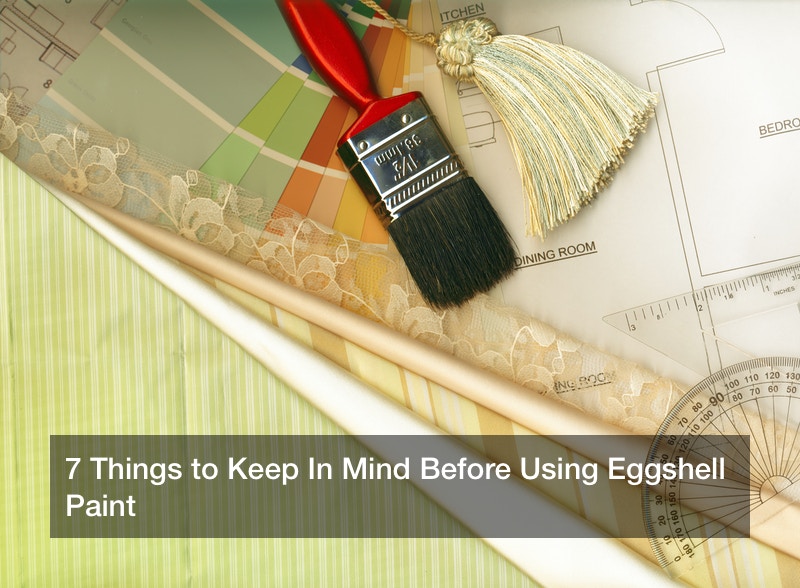
There are many finishes and colors of paints. However, eggshell paint is arguably one of the most popular finishes of paint. This type of paint receives its name from its stark resemblance to the low luster and sheen of eggshells.
Eggshell paint is popular because the painted surface is relatively easy to clean and coats a wall for much longer than other paints. However, this paint looks its best when properly painted onto a wall. Here are a few tips to keep in mind when using eggshell paint.
1. Consider the Manufacturer’s Reputation
When buying eggshell paint, you ought to look out for the manufacturing company’s reputation. Most of these companies have websites and social media pages. Scour these platforms for product reviews and customer comments.
This will help you make sure that the paint you plan to buy is of high quality and reaches the set quality standards. Conducting due diligence on the company before acquiring their product will ensure you don’t buy low quality paint.
2. Getting Your Wall Ready for Painting
If you’ve landed on eggshell paint when choosing a paint for the nursery, it is crucial to prepare the wall for painting. Using a putty knife and spackling solution, fill all the holes and crevices on the surface you wish to paint on. Ensure this solution is completely dry before starting to paint.
3. Getting the Surface Clean
The walls ought to be cleaned with a damp cloth to make sure the paint adheres better to the surface. If the face to be painted is filthy, a tri-sodium phosphate solution can be used to clean it.
Make sure to use this solution carefully and as per the manufacturer’s instructions. Remember to wear rubber gloves when handling this solution.
Getting the wall clean is crucial as it enables the paint to stick much better to the wall.
4. Making the Paint Consistent
Before applying eggshell paint on a surface, you ought to stir it with a rod of stick from the bottom. Do this three or four minutes before beginning the painting job to ensure that the paint is brought to a fine consistency. This will prevent the paint from coating your wall in uneven layers.
5. Keeping Track of Your Strokes
When using eggshell paint on a wall in your home, you must keep track of the direction of your strokes. You ought to move the roller or paintbrush in only one direction. Apply paint on your wall using single strokes, applying more pressure during the downstroke.
Repeat this process carefully to ensure the eggshell paint is applied seamlessly and consistently on the surface.
6. Be Keen on Your Painting Direction
When painting your wall with eco-friendly paint, you ought to keep track of the direction in which you’re painting. Typically, you should paint from the edges of the wall coming to its center. In a similar way, you ought to paint from the top of the wall to the bottom.
Before going in for a second coating, make sure the wall has been thoroughly air-dried.
7. Take Charge of Paint Spills
Eggshell paint, when damp, can be easily cleaned up with clean water. Before beginning your painting job, make sure to take out all antiquities and showpieces, furniture, and curtains that hang close to the surface you wish to paint. You can lay down plain plastic sheets or newspaper leaves on the floor to protect the floor from extra paint spills and to reduce the amount of cleaning work you ought to do.
Hiring Professional Painting Help
When planning on repainting your walls, you must be involved. This is especially important when it comes to the color and finish of paint you need. It’ll also help if you’re available to pick out the best low VOC paint.
However, in doing the actual painting of the wall, it would be a good idea to enlist the services of a painting company or a professional freelance painter. This will ensure that all surfaces are painted professionally and quickly, and in a way that brings out the best in your home.

